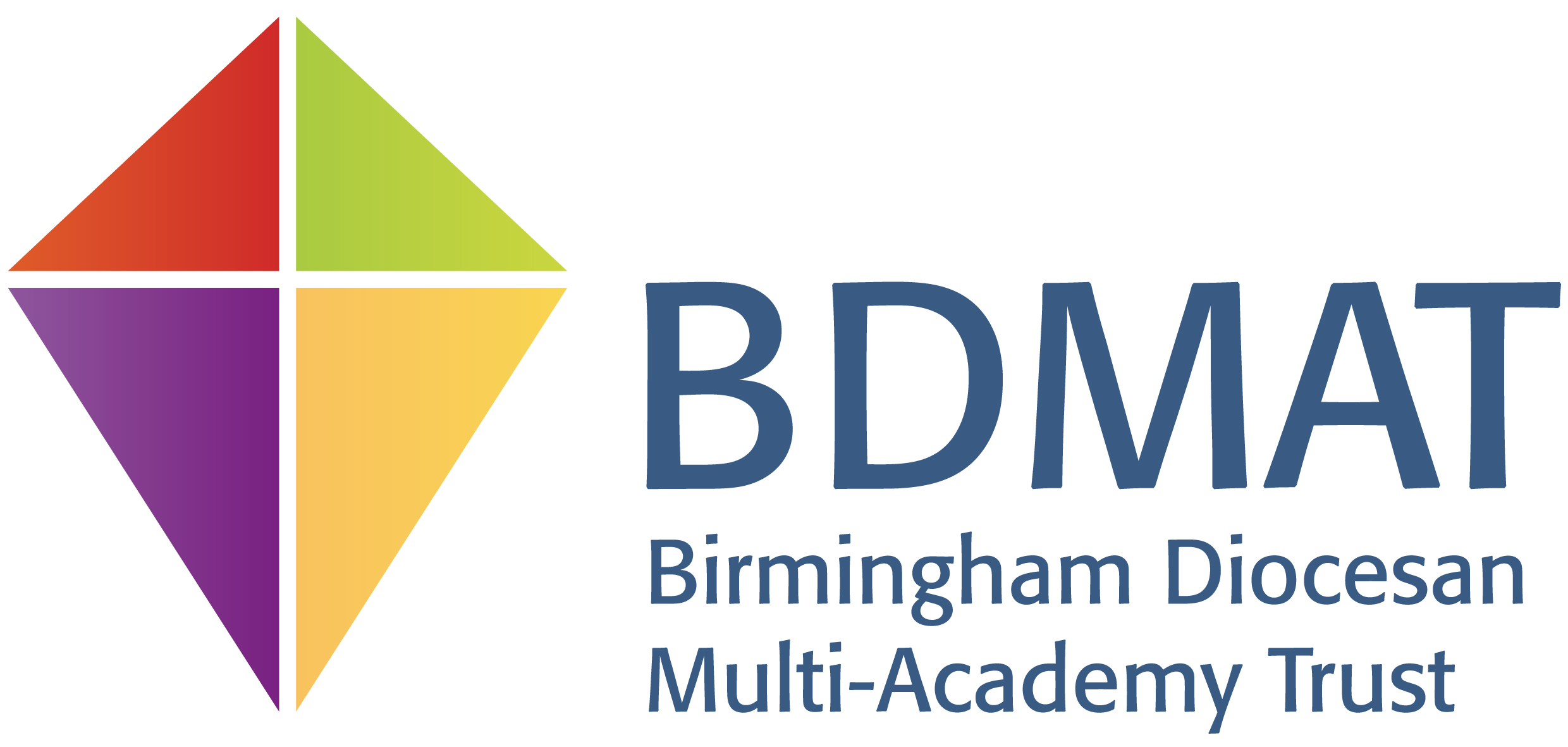Mathematics
Mathematics Intent
At Holy Trinity CE Primary School, we have ensured our Maths curriculum brings engagement, enjoyment, and enthusiasm so that our children develop independent curiosity, acquire a lifelong appetite for learning and become well-rounded individuals who achieve their full potential, both personally and academically. Holy Trinity adopts and adapts the mastery approach of the White Rose Maths, alongside the aims of the National Curriculum. We aim to develop positive, resilient attitudes towards Mathematics and an awareness of the fascination of mathematics. We aim to ensure our children work with competence and confidence with their Mathematical knowledge, concepts, and skills. Children continue to build their ability to solve problems, to reason, to think logically and to work systematically and accurately. At Holy Trinity, we promote the need to have initiative and an ability to work both independently and in cooperation with others. Children are encouraged to use and apply mathematics across the curriculum and in real life situations through a process of enquiry and experimentation.
Mathematics is important in everyday life and, with this is mind, the purpose of Mathematics at Holy Trinity is to develop an ability to solve problems, to reason, to think logically and to work systematically and accurately. All children are challenged and encouraged to excel in Maths. New mathematical concepts are introduced using a ‘Concrete, Pictorial and Abstract’ approach; enabling all children to experience hands-on learning when discovering new mathematical topics, and allows them to have clear models and images to aid their understanding. Arithmetic and basic maths skills are practised daily to ensure key mathematical concepts are embedded and children can recall this information to see the links between topics in Maths.
Aims
The national curriculum for mathematics aims to ensure that all pupils:
- become fluent in the fundamentals of mathematics, including through varied and frequent practice with increasingly complex problems over time, so that pupils develop conceptual understanding and the ability to recall and apply knowledge rapidly and accurately.
- reason mathematically by following a line of enquiry, conjecturing relationships and generalisations, and developing an argument, justification or proof using mathematical language
- can solve problems by applying their mathematics to a variety of routine and non- routine problems with increasing sophistication, including breaking down problems into a series of simpler steps and persevering in seeking solutions.
Teaching and Learning
- Children are taught a wide variety of concepts following White Rose, which covers all objectives as stated in the National Curriculum 2014. The White Rose Maths schemes of learning are designed to give sufficient time for teachers to explore and understand a concept in-depth; therefore, White Rose, and careful planning by the teacher, ensures concepts interleave prior content with new concepts.
- Differentiation is ensured by carefully planned questioning, assessment for learning, level of support and planned activities.
- Activities that are planned are a careful balance of individual, paired and group work.
- Lessons consist of direct teaching methods and correct use of vocabulary through modelled examples to ensure that all children are fully confident to tackle their application tasks.
- In all lessons, teachers will model, explain, and illustrate mathematical ideas to fully involve pupils and maintain their engagement through appropriately demanding activities.
- Staff will model use of correct mathematical language. All children are expected to use correct mathematical notation and vocabulary as modelled by the teachers.
- Mathematical misconceptions that may arise are pre-empted and planned for. These misconceptions are dealt with as soon as they are identified in a positive and supportive way.
- There is a clear emphasis on pupil’s learning beginning with practical examples leading to informal jottings and mental strategies. Finally, pupil’s learning will move onto more formal representations as laid out for year groups in the visual calculation policy.
- Children are given a variety of mathematical approaches to solving problems. These strategies include the use of bar modelling, which is encouraged throughout our school.
- The children are expected to gain wide range of experiences with a variety of materials including IT, which should be planned by teachers.
- Children are encouraged in all lessons to reason and explain their strategies.
- Homework is provided weekly. This is based on the children’s learning in class to consolidate concepts.
Curriculum Documentation
Useful Maths Links
For parents:
http://www.familymathstoolkit.org.uk/
https://www.oxfordowl.co.uk/for-home/advice-for-parents/maths-at-home/
http://www.maths4mumsanddads.co.uk/
https://nrich.maths.org/frontpage
For children:
http://amathsdictionaryforkids.com/
http://www.bbc.co.uk/bitesize/ks1/maths/
http://www.bbc.co.uk/bitesize/ks2/maths/
http://www.ictgames.com/resources.html
http://www.ilovemathsgames.com/
https://www.mathsisfun.com/index.htm
http://www.multiplication.com/



